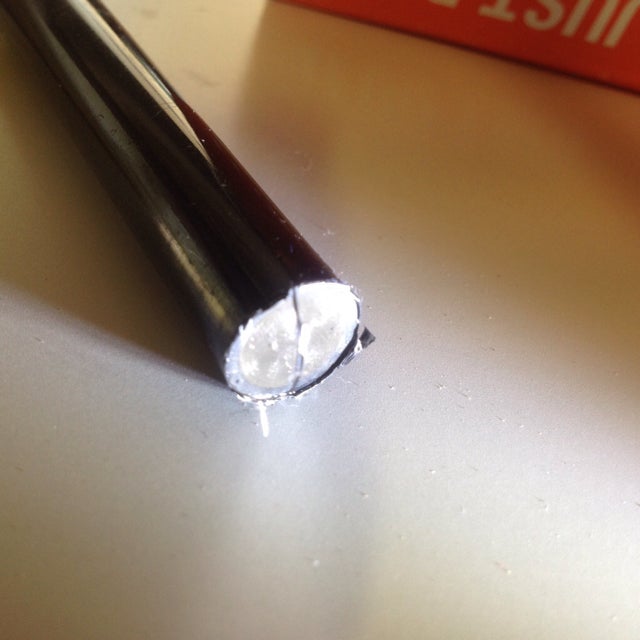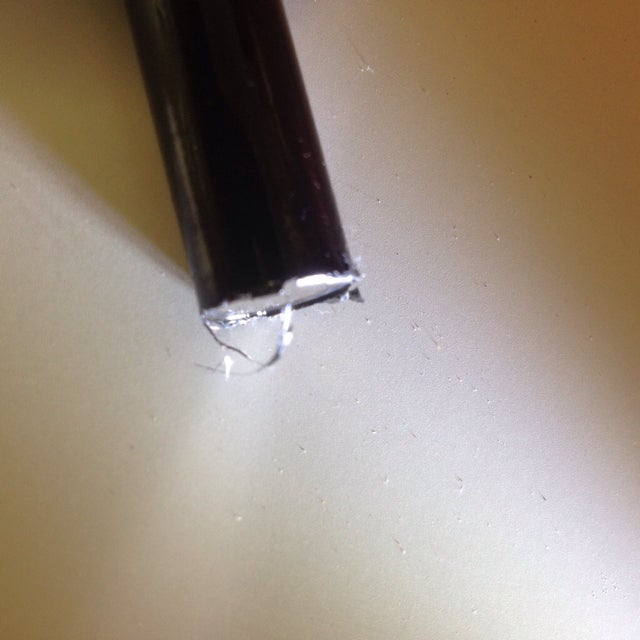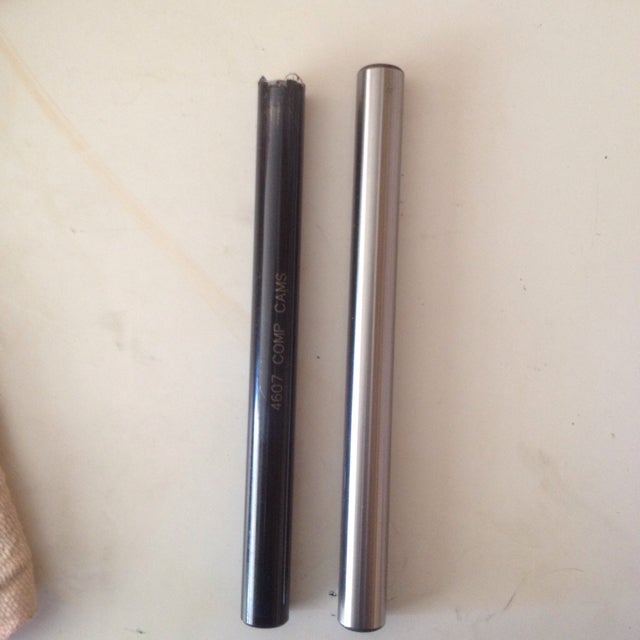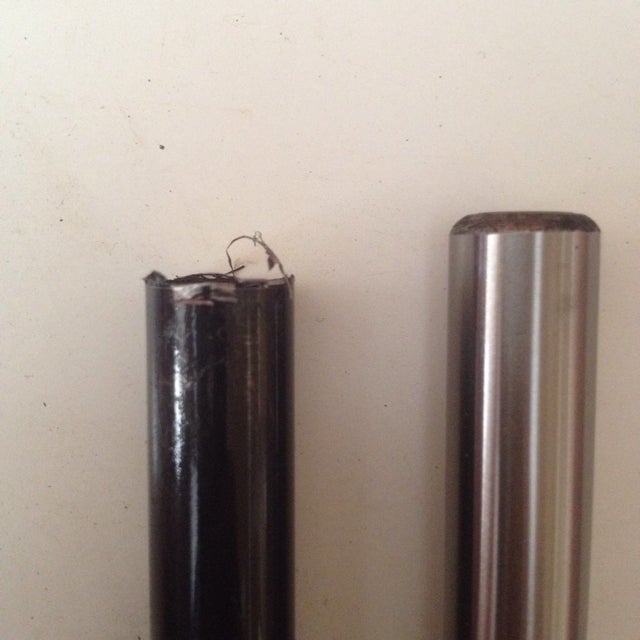I have less than 500 miles on the motor (406 SBC). Ran fine in Alabama. Drove her onto a trailer, and moved to VA. Couldn't get the motor cranked when pulling her back off the trailer! Went down multiple rabbit trails (fuel tank full, changed filter, swapped carb). Found the pump simply wasn't pulling gas from one jar and spitting it into another. Couldn't feel any auction at the inlet either.
All made sense once I removed the push rod and saw this:
![Image]()
![Image]()
![Image]()
![Image]()
WTH! I had never heard of a push rod being ground down, until an hour ago after researching the forums. It was a comp cams 4607, bronze tip push rod. I have a mild flat tappet cam. In retrospect, I shouldn't have been using the bronze tip. But...here we are. So here's my questions:
1. Did the tip simply wear down or is there a chance it snapped off and I have a big chunk of metal floating around my engine?
2. Could it really wear down in 500 miles? I.e. Is there some other problem going on?
3. Is my cam trashed?
4. Most importantly...where is all the metal that wore off?!?! I assume I should change the oil before cranking. Do I need to drop the pan to inspect/clean?
Help!
All made sense once I removed the push rod and saw this:




WTH! I had never heard of a push rod being ground down, until an hour ago after researching the forums. It was a comp cams 4607, bronze tip push rod. I have a mild flat tappet cam. In retrospect, I shouldn't have been using the bronze tip. But...here we are. So here's my questions:
1. Did the tip simply wear down or is there a chance it snapped off and I have a big chunk of metal floating around my engine?
2. Could it really wear down in 500 miles? I.e. Is there some other problem going on?
3. Is my cam trashed?
4. Most importantly...where is all the metal that wore off?!?! I assume I should change the oil before cranking. Do I need to drop the pan to inspect/clean?
Help!









